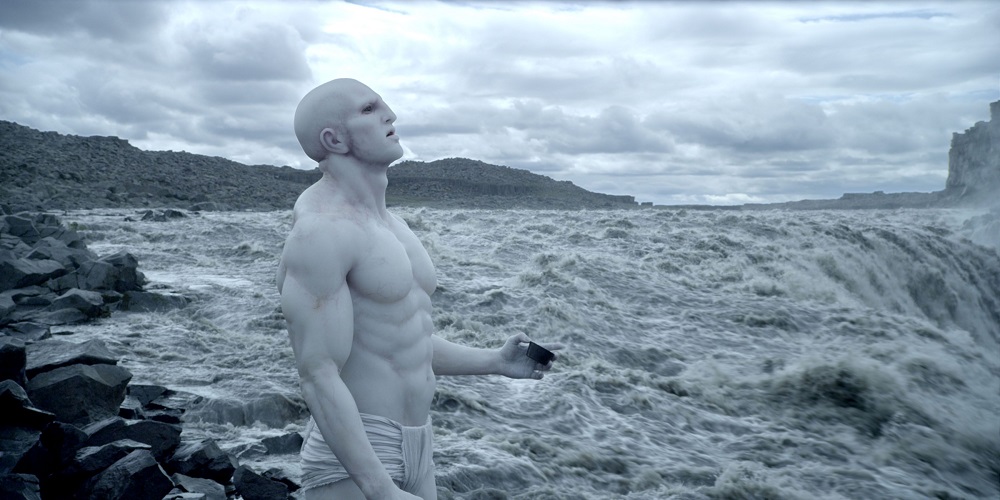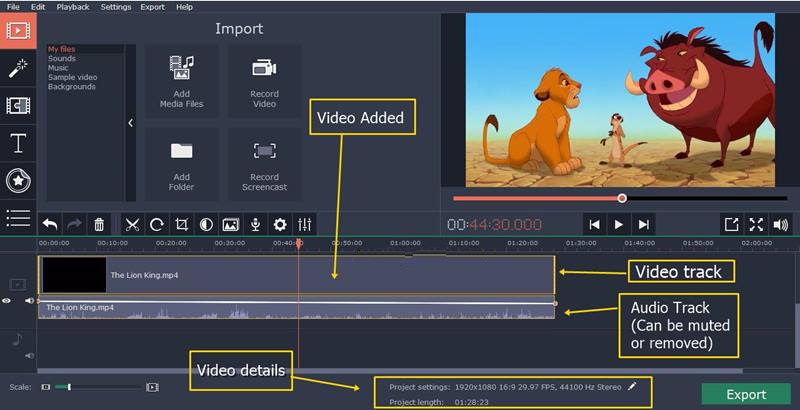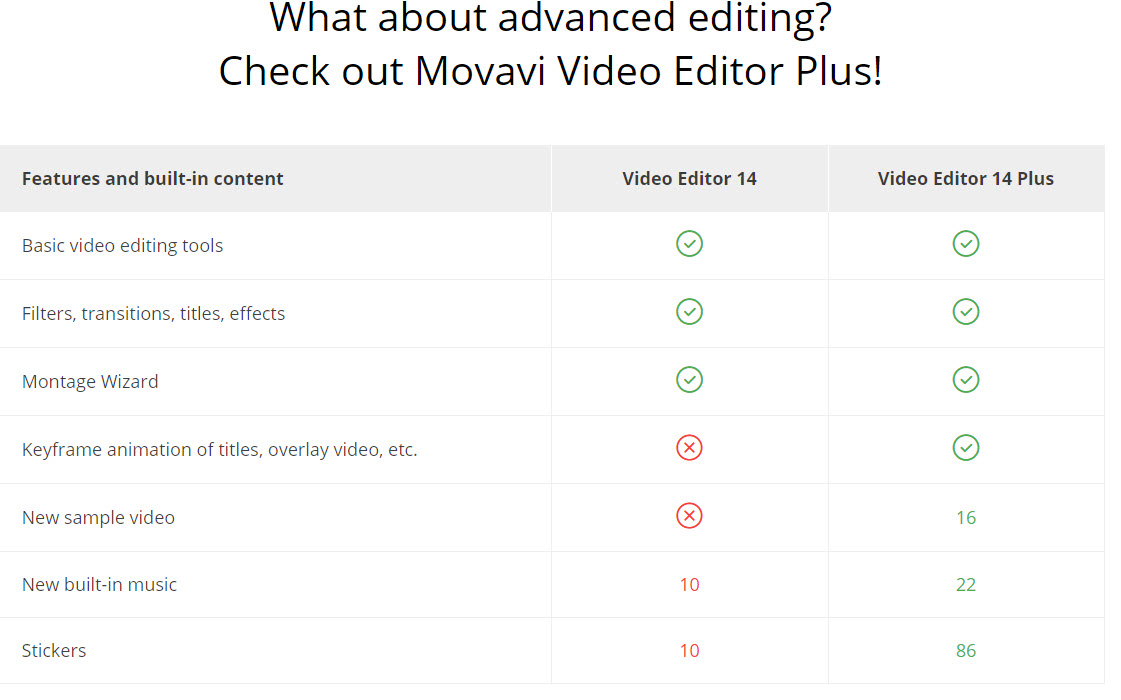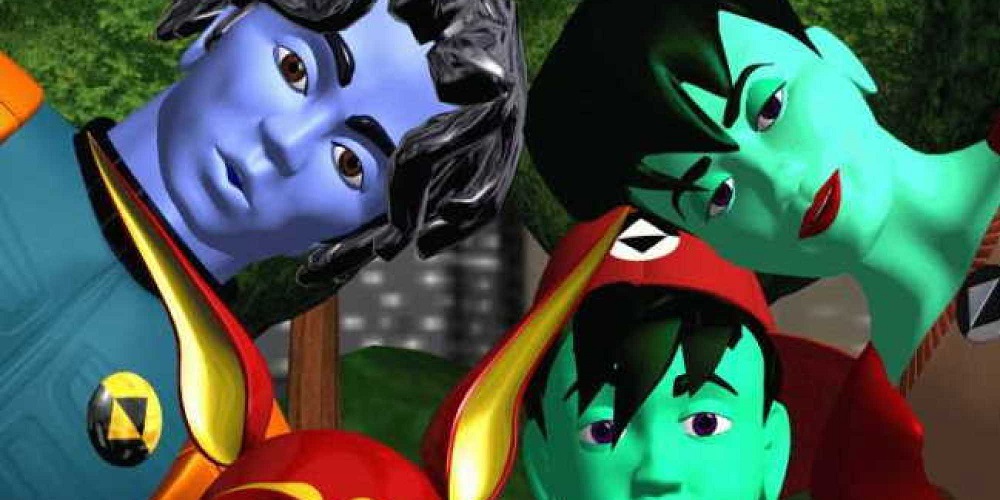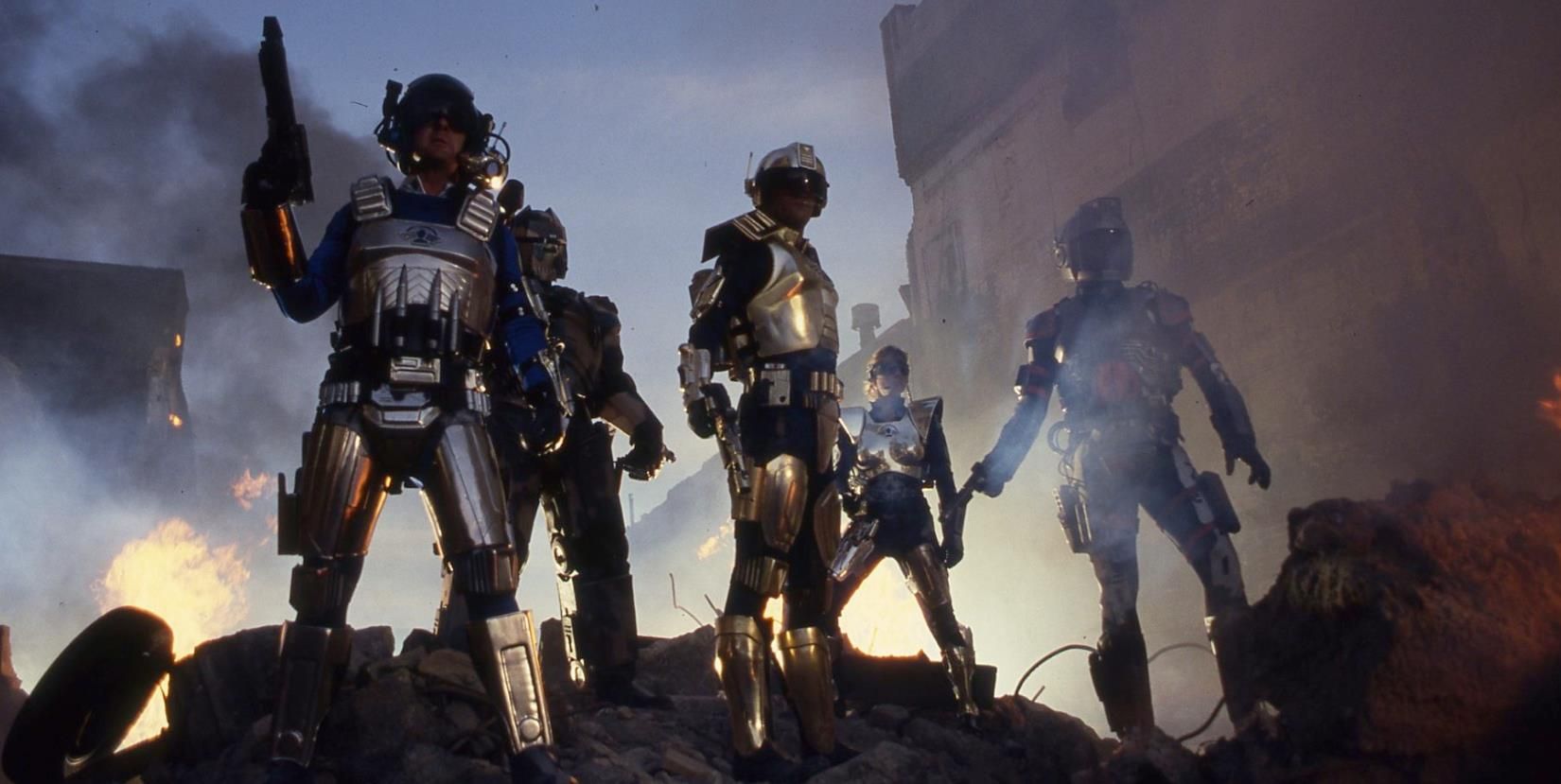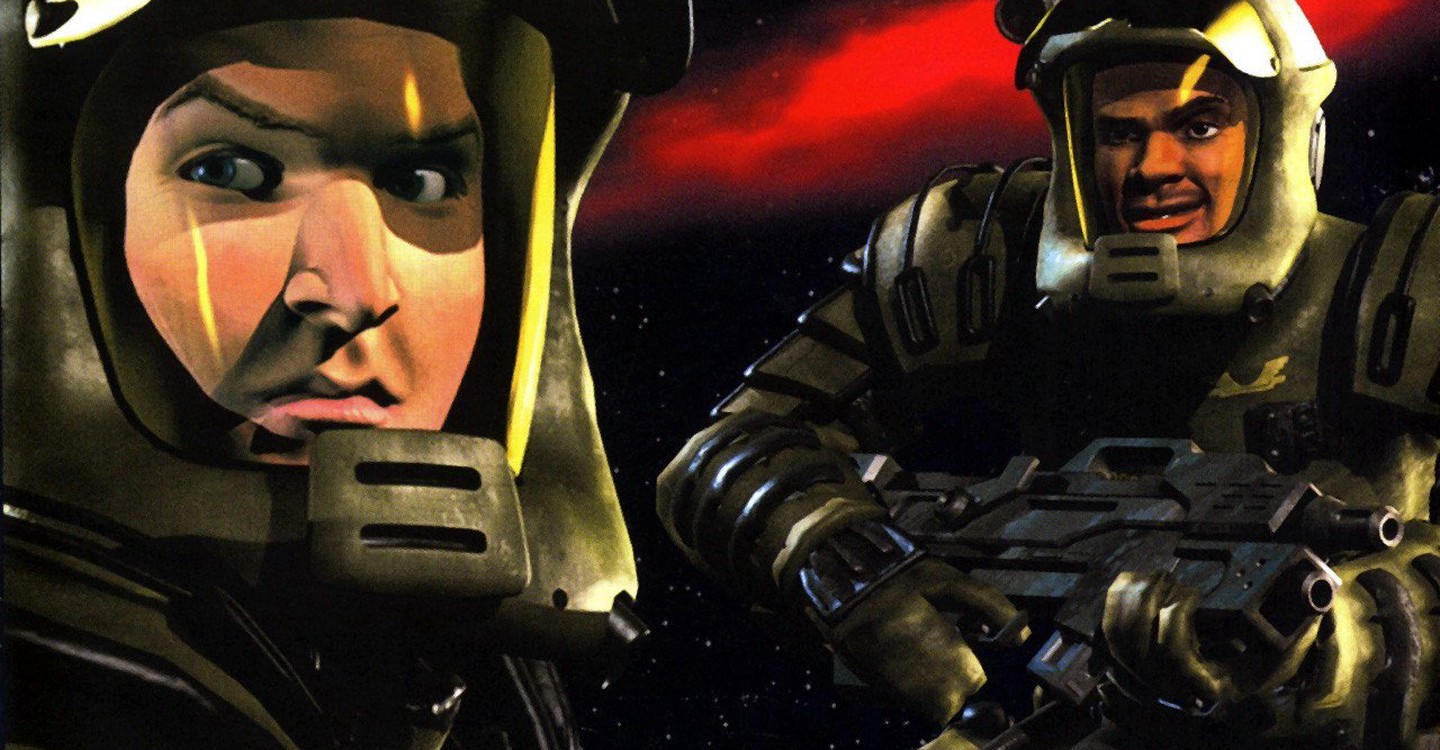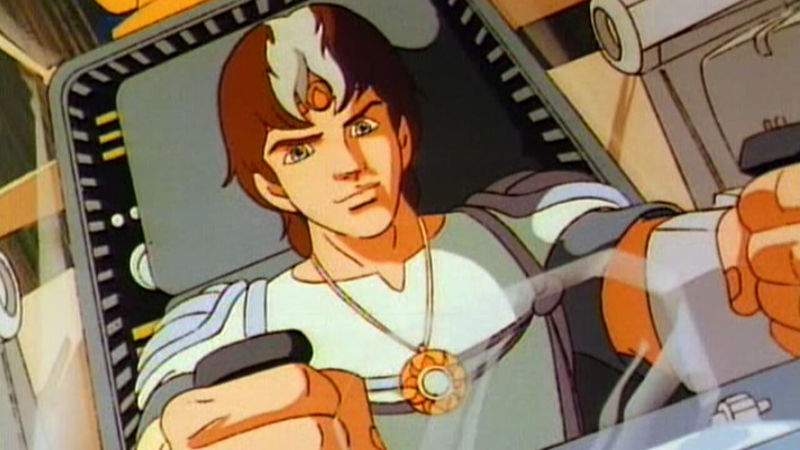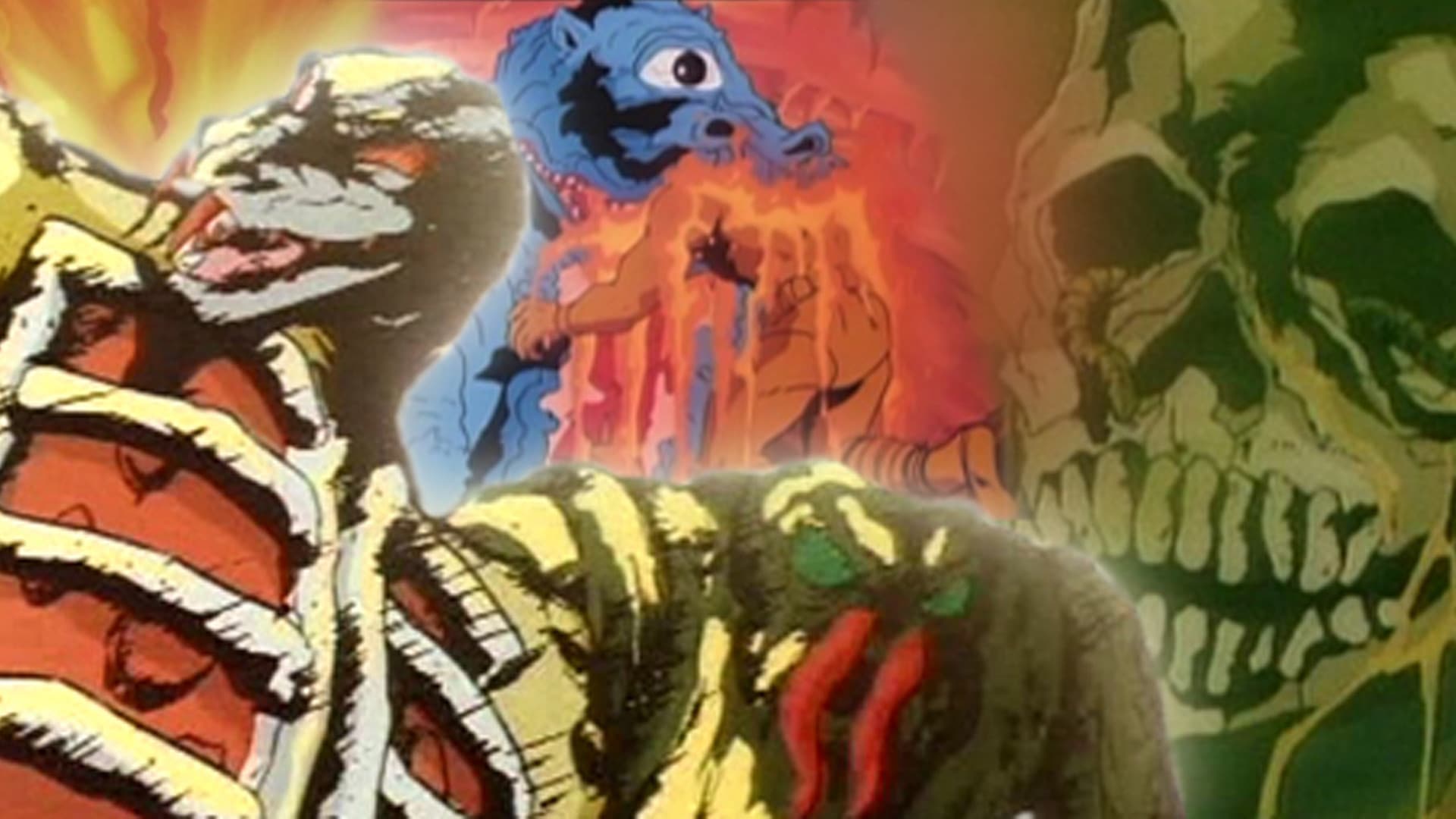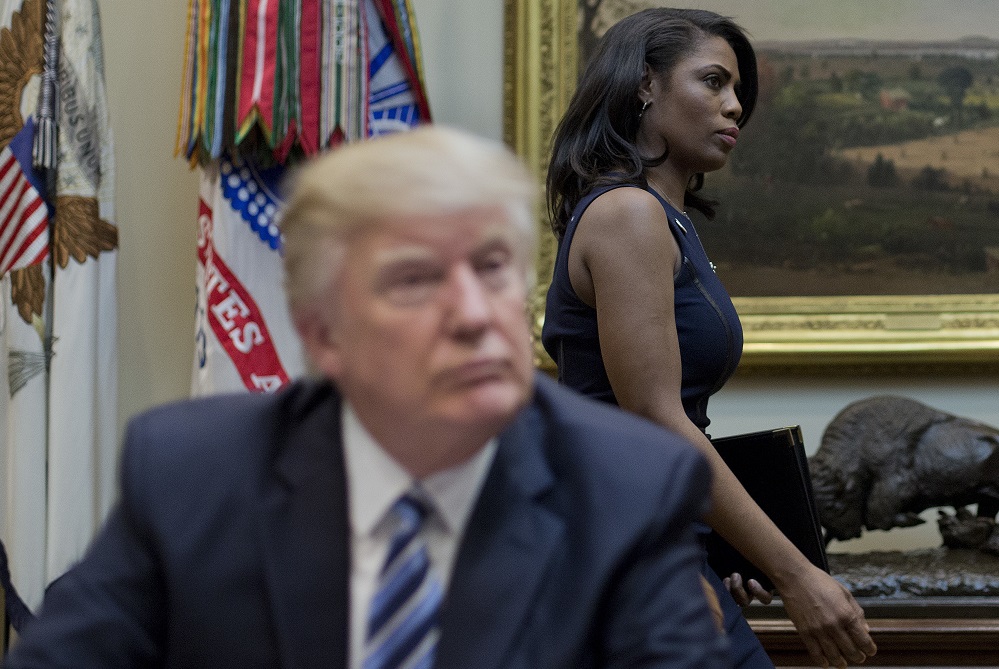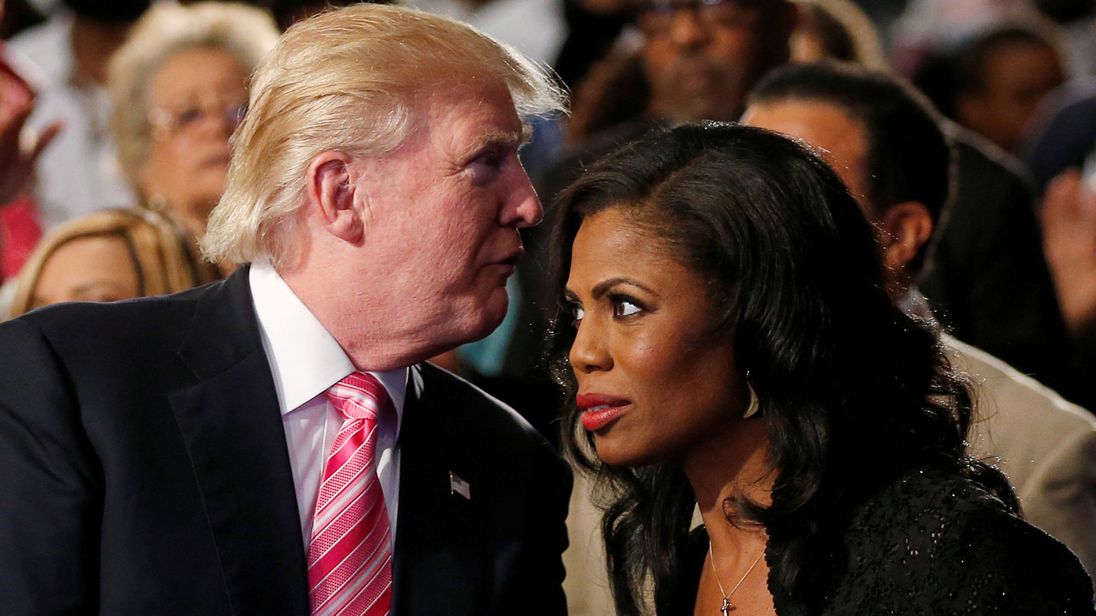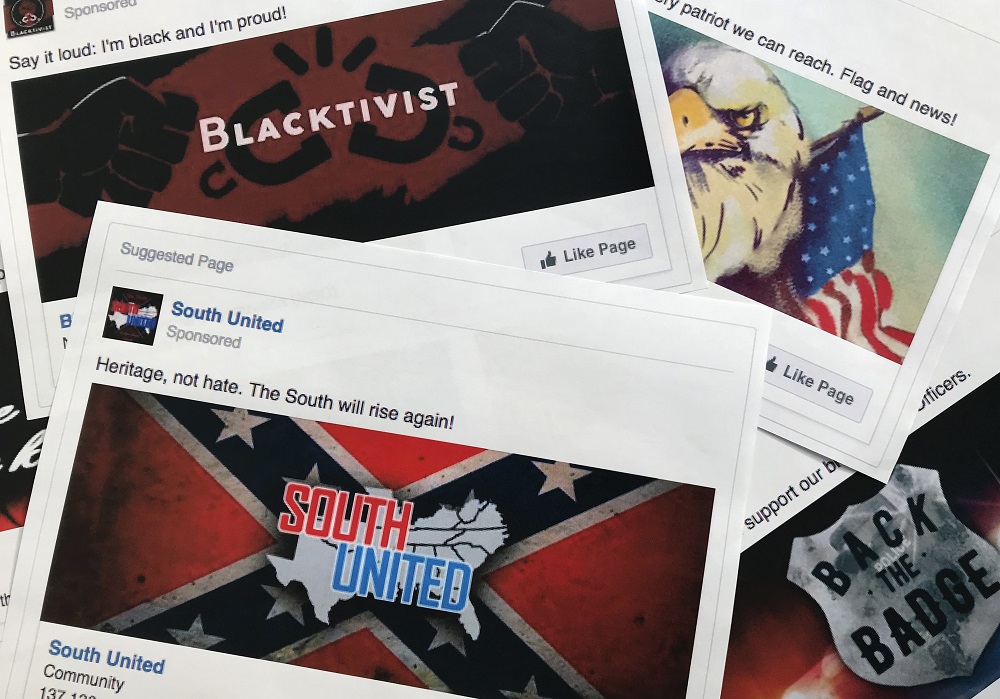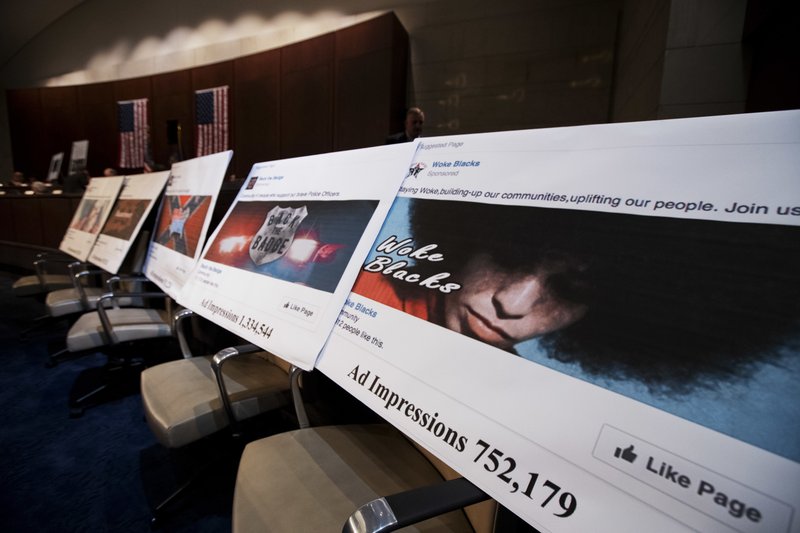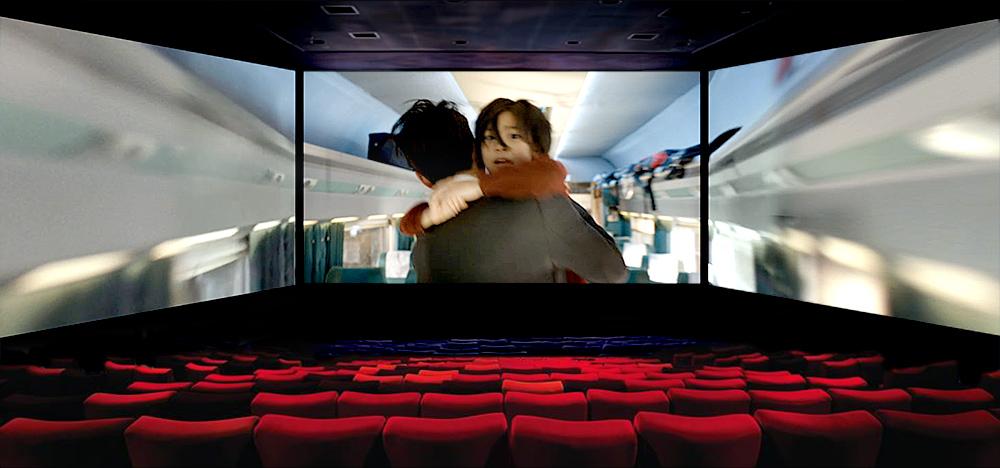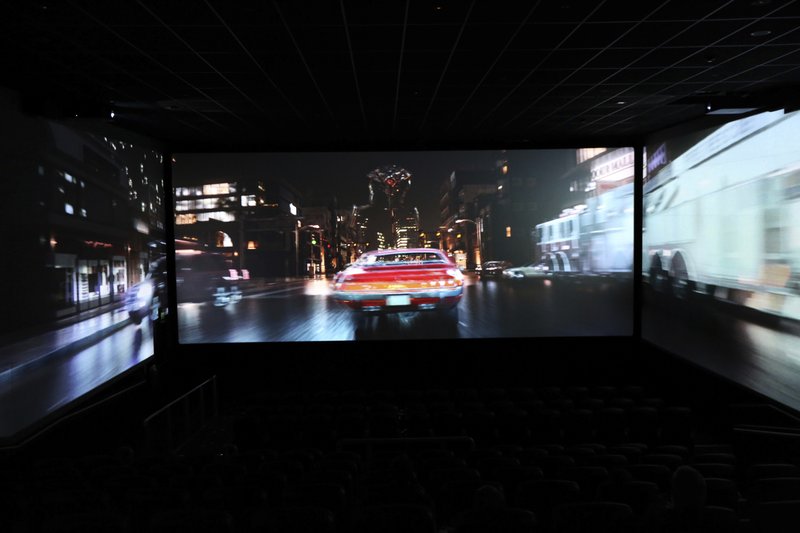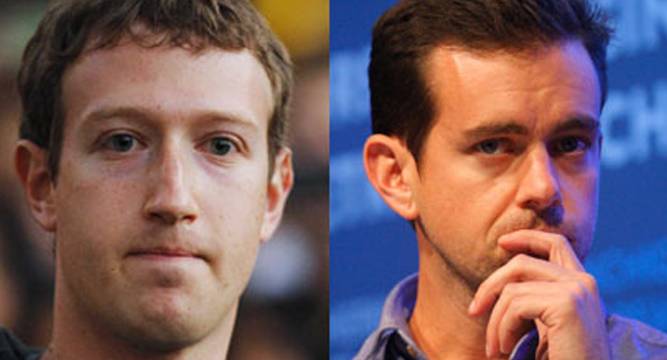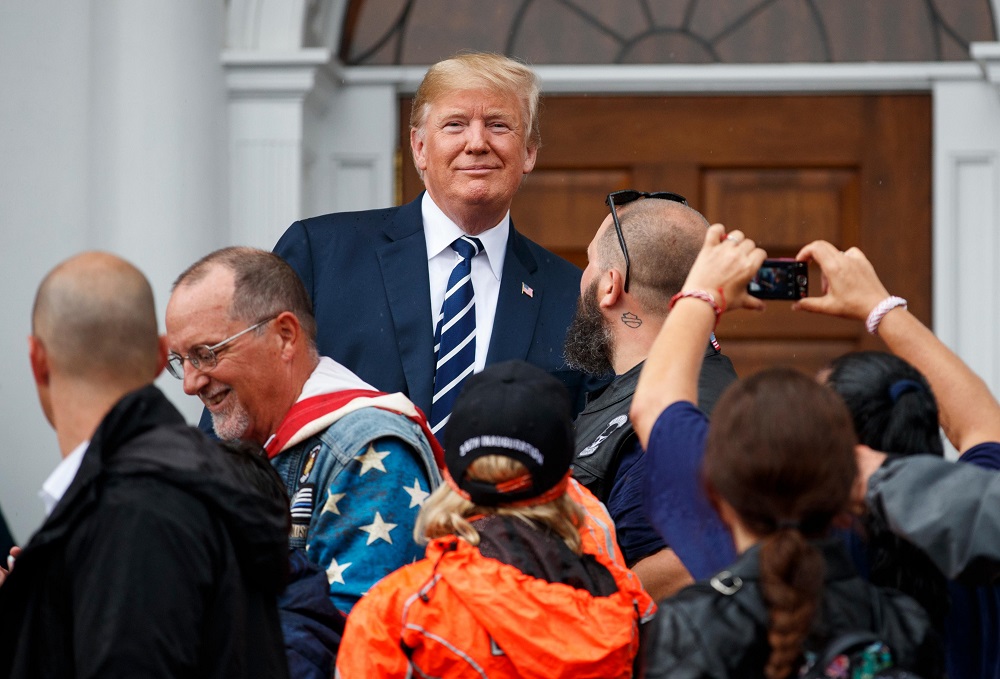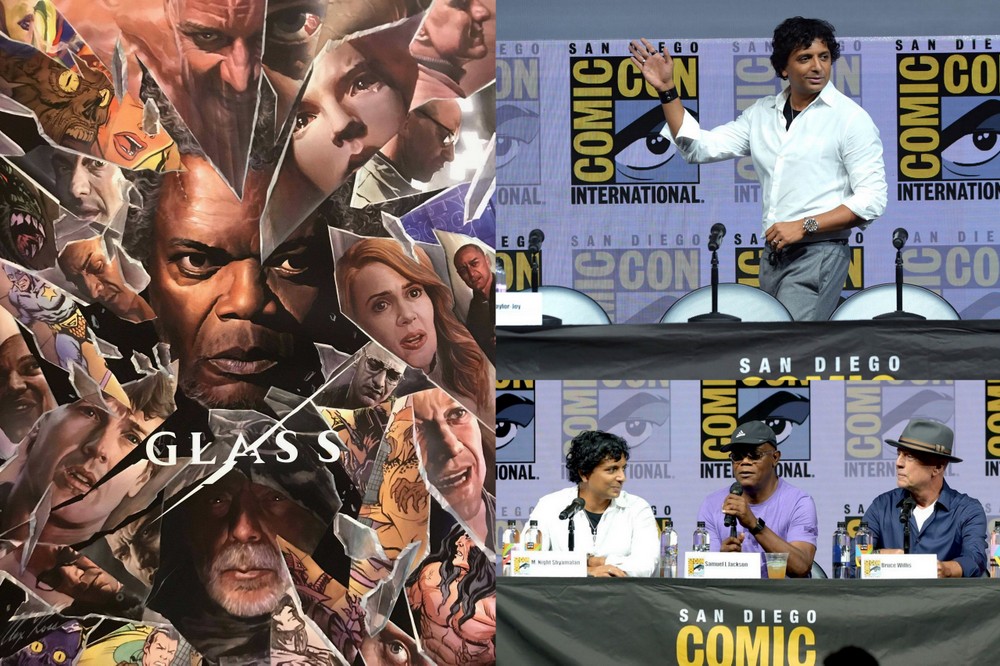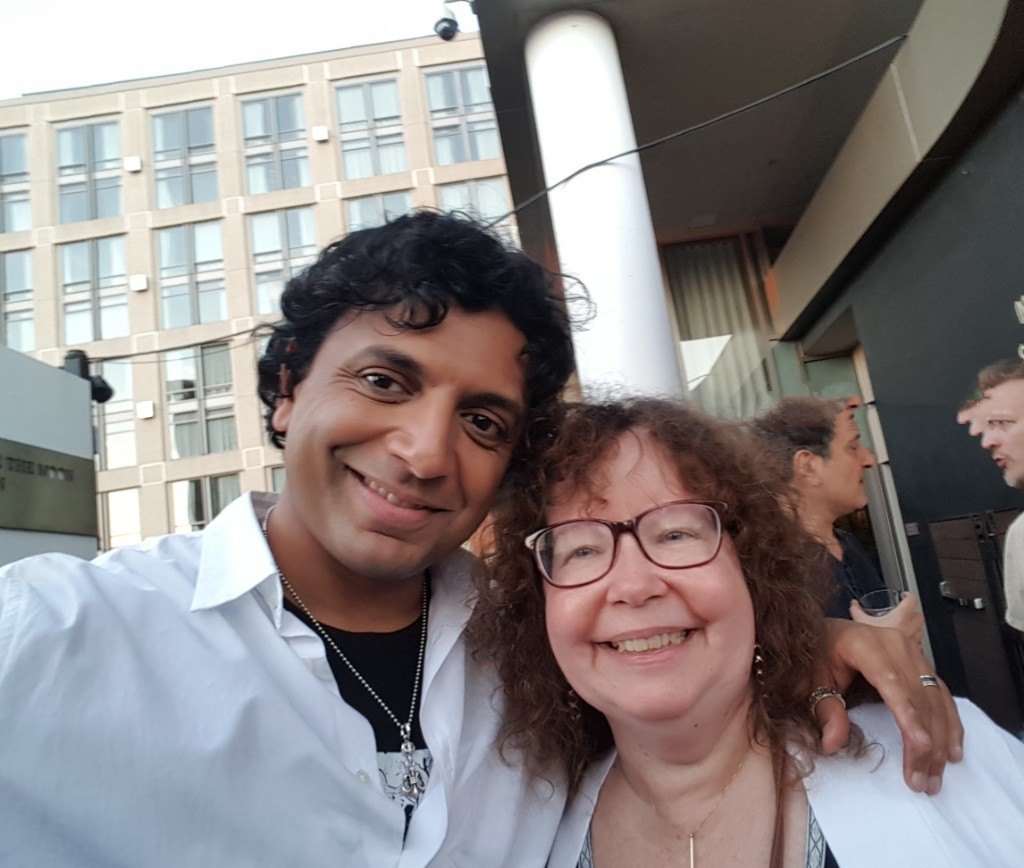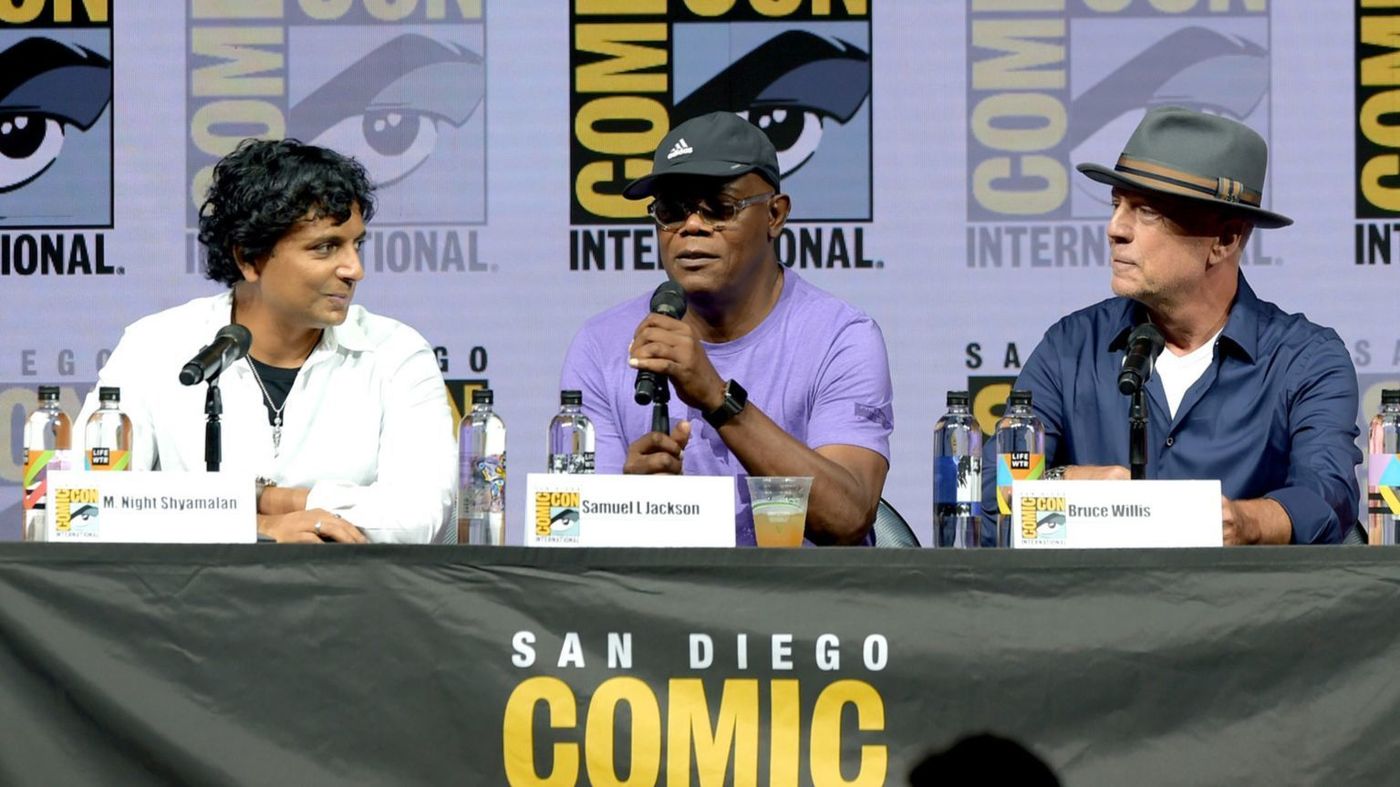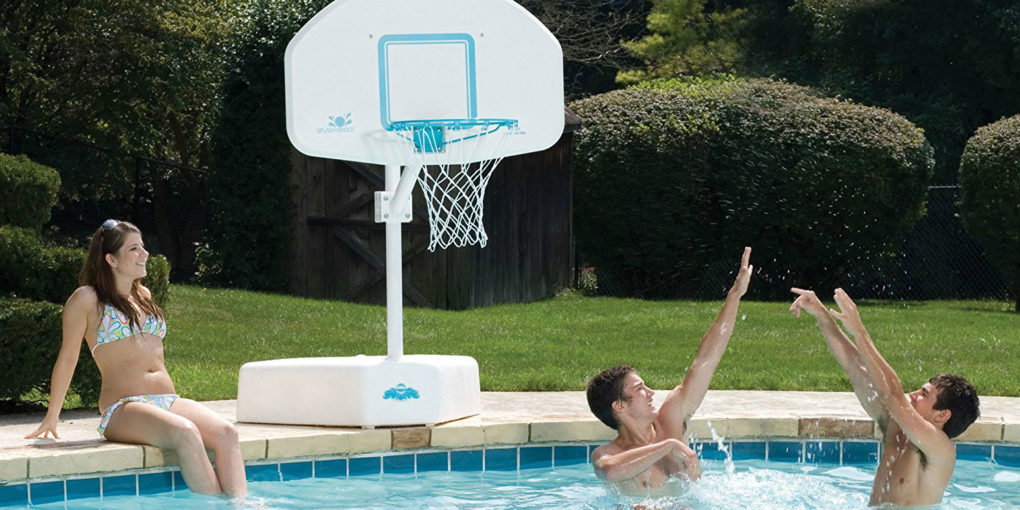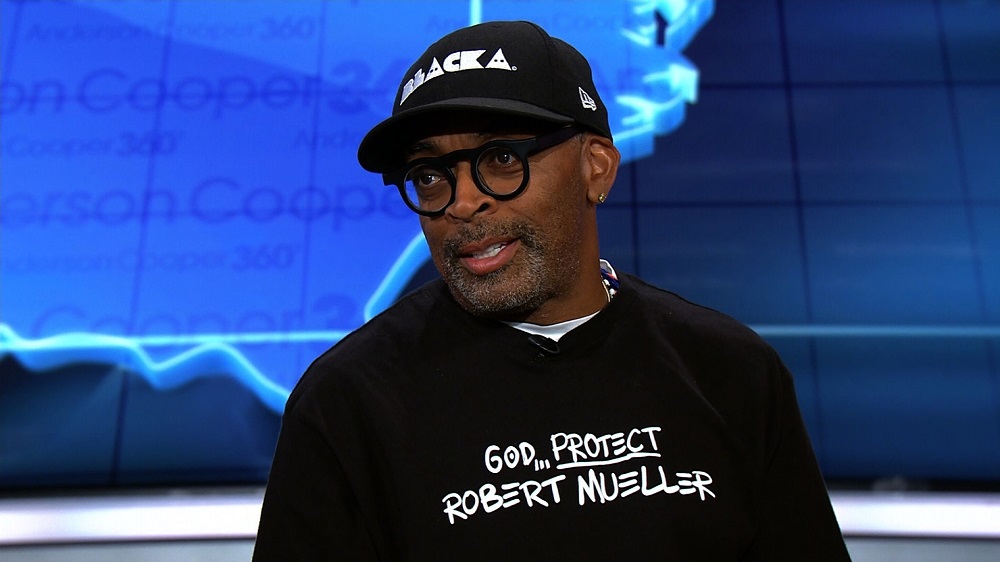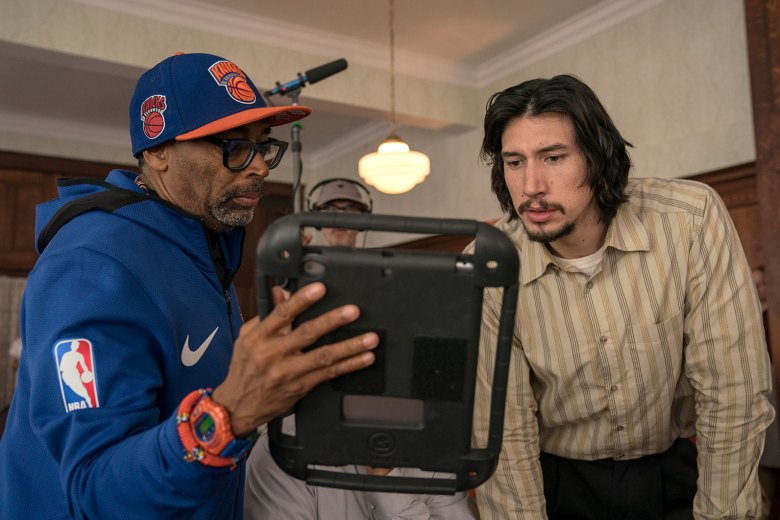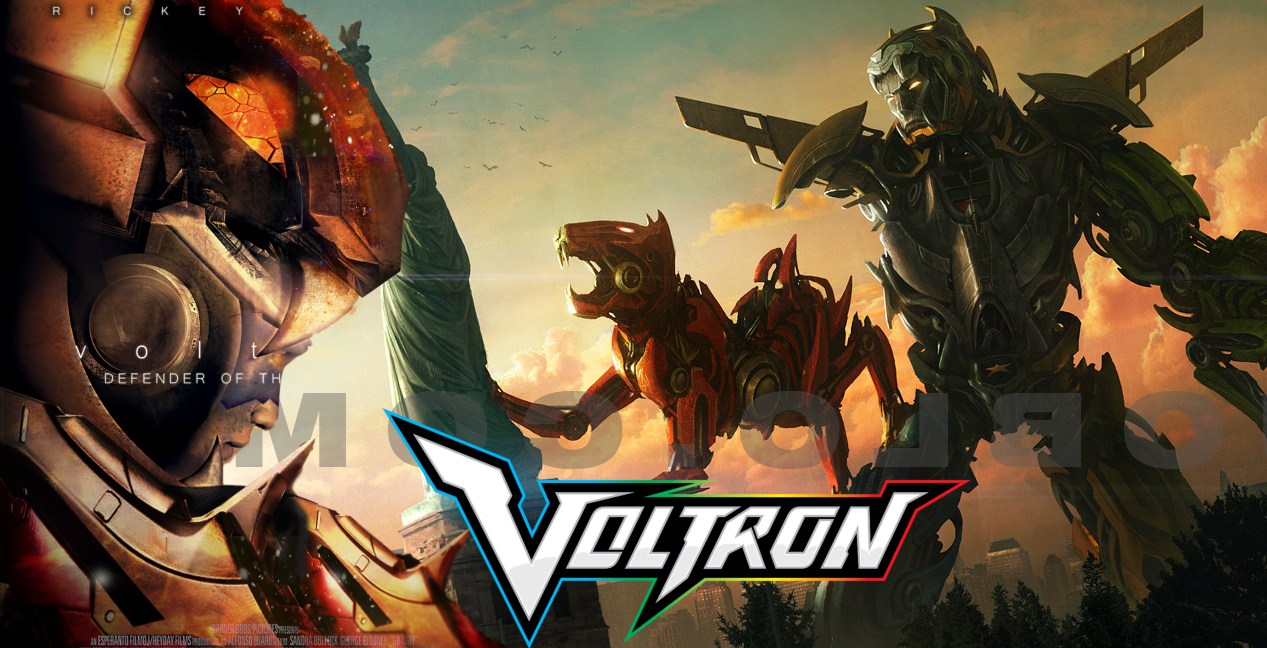One of the things I love about Comic-Con is the chance to meet and talk with some of the people who are instrumental in shaping the current conversation about fandom and popular culture. Cher Martinetti, managing editor of Syfy Wire’s popular Fangrrls vertical and host of the Strong Female Characters podcast, is one of those people. As a psychologist whose main line of research is fandom, I’ve written quite a bit about the impact of media on identity – how do the characters we fall in love with onscreen or in books or in bands shape how we define ourselves? How do we relate to our favorite characters and how does the range of characters we have to choose from make a difference? Or does it? I’m in the midst of writing a new book about my own favorite show, Supernatural, and those subjects were on my mind the entire time I was at Comic-Con, so I couldn’t wait to speak to Cher. Our schedules never meshed while we were both ridiculously busy in San Diego in spite of Herculean efforts on both our parts, but as soon as I got back, we connected by phone.
I knew we were going to get along within about ten seconds.
Lynn: I hope you can hear me, I’m putting you on speaker.
Cher: (laughing) I have a pretty big mouth, so…
Lynn: Me too (more laughing). So, ready to roll?
Cher: So ready it’s not even funny.
Lynn: Me too! So tell me why SyFy Wire thought it was important to have Fangrrls – or maybe why you personally thought it was important..
Cher: I started Fangrrrls when I was still freelancing when we were still Blastr. It actually started as a smaller thing; it was going to be like a once a month google hangout with other professional geek women where we had a conversation, almost like a podcast format. Then I realized that it needed to be more than that because the readership for the site skewed male. And whenever I went to other geek entertainment sites, I kinda felt like they weren’t really speaking my language.
Lynn: (nodding vigorously on the phone) Mm hmm.
Cher: I just didn’t feel very represented there, and a lot of my friends felt the same way. So I wanted to create a destination where women or non-binary people could feel a part of the conversation, and so that we could discuss things in science fiction and fantasy and horror the way audiences actually tend to talk about the things that they like. Sometimes that means being funny, sometimes being very cerebral and serious about the things that we’re watching and reading and listening to.
Lynn: That totally makes sense. And yes, fandom is about all those things – it’s not one singular way of reacting to whatever it is we love. Let me explain briefly, my background is as a psychologist and university professor, and I research and write books about fandom, so my questions might be a little unusual…
Cher: Totally fine, I need a visit to a psychologist, so…
Lynn: Perfect (laughing). So people talk about the emphasis on ‘strong’ female characters or kickass or badass female characters. And I think it’s necessary to show women being all those things, because that’s not the stereotype of females, unfortunately. But is it all about being strong? Does that allow space for women to be weak sometimes or to feel comfortable saying I’m not strong enough to do this on my own and reaching out for help? How do you find the balance?
Cher: I love this question so much.
Lynn: Good!
Cher: One of the reasons why I wanted to do the podcast on strong female characters is that, for me, I wanted to reclaim that term. A lot of people, especially recently, have started putting a negative connotation on it, and for me, that’s not the case. I think being able to be vulnerable requires an enormous amount of strength and to be able to ask for help, that is not an easy thing to do. I think the way we’ve labeled that as weakness is inaccurate – to show weakness is also an incredibly brave, strong thing to do. So I personally feel that we have to reframe our thoughts and look at ‘strong’ from a different perspective. Instead of strength being oh be like Vin Diesel – maybe that’s part of it, but there are so many different types of strength. I think that fully fleshed out characters inhabit all those areas and that’s kind of what makes women so wonderful and powerful and unique is we can be emotionally strong, we can be vulnerable, we can be physically strong, we can be determined. There’s so many different ways to be strong, and that’s why I wanted the podcast called that, to celebrate every representation of a ‘strong woman’ however she chooses to be strong and to show her power or just really to be a fascinating person.
Lynn: It’s almost like we need to redefine the term ‘strong’ from the stereotype of that word, because it’s not just physical. But we need fully fleshed out characters in order to do that. And if we have more of those, maybe this is even an area in which women can lead the way, because this is something men need to do as well, to redefine strength in terms of being able to show vulnerability as well.
Cher: Absolutely. Think about what toxic masculinity is. All that testosterone, that alpha male thing – and that’s bullshit, right? That’s not a real thing. Usually people that hide behind something like that, they’re usually scared, there’s something about them that they’re afraid for people to find out. Or when it comes down to having to get through life, usually they’re the first people to fall.
Lynn: That’s true, it’s not really a strength at all.
Cher: So I think our entire concept of what constitutes strength needs to be challenged. And I think women – I can only speak for the women I’ve known in my lifetime – but the women I’m drawn to exhibit this quiet strength. They have the ability to persevere and to keep going, even when it seems like things aren’t going your way. I think that’s a very powerful thing and I don’t think we shine enough of a light on that or appreciate that enough. So to me, a strong female character, it’s literally anyone.
Lynn: That makes sense, because you know what? If you’re surviving – you’ve got some kind of strength.
Cher: Exactly. Sometimes just getting up in the morning is being strong.
Lynn: Damn right. (both laughing) There’s a lot of conversation now about inclusivity and diversity and representation – and there’s some agreement that it’s important but not a lot of discussion about why it’s important or even about what representation really means. Can you talk a little about that?
Cher: I think one of the most important traits and facets to being a human being is empathy.
Lynn: So true.
Cher: And I don’t think that you can really know how to have empathy for other people if you’re not exposed to other viewpoints and lifestyles and individuals. Speaking personally, I grew up right outside New York City, and when I was younger I used to go out clubbing. The club scene in New York let me hang out with people I never would have hung out with if I didn’t have that experience. A lot of trans women, a lot of the LGBT community from that scene, people from different backgrounds – and to be in a space where you’re all sharing something you love together, in this case that type of music, you bond with and connect with people in a way that you would never have the opportunity to otherwise.
Lynn: One of the powerful things about fan communities as well.
Cher: And that experience allowed me to be more understanding and empathetic to individuals who were different from me. I think it’s the same in other areas – if you allow yourself to experience a different viewpoint from people who are in your life – who don’t live in your neighborhood or work in your office — that allows you to become a better version of yourself because you’re able to feel empathy for another person. And it makes everything better because you’re coming at things from a commonality, you like the same stuff. It’s not about your sexual orientation or your religion or the color of your skin; you just get to enjoy each other as people. I think that’s what we need – these other categories are all things that humans created. So whatever opportunity we have to connect to each other, and maybe people who are on the outside from where we are, that makes us better human beings.
Lynn: It does. We know from research that what breaks down prejudice and stereotypes and stigma is exactly that, interacting with those “others” and understanding in a direct experiential way that they are human just like us. I think that’s very important, looking at representation as a way of being with other people and a way of experiencing people unlike yourself. Is it also important for individual identity development? To see yourself represented, to also see people who are like you, that also seems important.
Cher: Yes, absolutely. It’s important to see it. There may be some little girl, or some trans kid, or some queer kid who is still trying to figure themselves out. And the media that we ingest, the stuff that we read and the stuff that we watch, often that helps us through whatever situation we’re going through, right?
Lynn: Yes! That’s the message of many of my books on fandom.
Cher: It can help you persevere through that, and identify with something or someone so you can understand yourself better. And I think when you see someone like you, it opens up this whole world, this opportunity that maybe you never considered otherwise. Some little girl believes she can be a Jedi because Rey is a Jedi. Or she can be the head of a studio who’s making these movies. She can see something that’s going to light the fire to be whatever it is she wants to be.
Lynn: Yes, you make such a good point – it’s about validation for who you are, the real you, the genuine you, but it’s also about your aspirations and where you set your sights because of what you think is possible. So it’s about both current identity and future identity.
Cher: Absolutely. We relate to characters and their stories because there’s something in us that when we see them, we either recognize, or that we aspire to be. And that’s why it’s so important to see characters who look like the world that we live in, because you never know when a boy or a girl or a non-binary kid is watching them that’s helping them with something that’s happening in their life. And on the flip side, it can open up a whole world of opportunity that maybe they can do something for a living that they never would have known they could have done if they hadn’t seen it.

Lynn: Yes, absolutely. One of the things I’ve been looking at recently is the evolution of female characters and queer characters in genre programming and in television in general. I just got back from Comic-Con, and I’m not just saying this because you’re SyFy Wire, but The Magicians does a great job in terms of the representation we’ve been talking about. What are some shows you think are doing a really good job?
Cher: This is gonna sound like such….but you mentioned The Magicians, and they’re doing such a great job with that, with LGBT representation. They deserve that appreciation because they consciously make it a point, you know? Wynonna Earp….OMG other shows – there are so many, do you want something on now or ever?
Lynn: Either. I’m just really interested in shows which do a good job of accurately reflecting society, or maybe not just reflecting what’s now but even pushing society forward.
Cher: One of my favorite shows ever, and it’s not just because it’s on SyFy, is Battlestar Galactica.

Lynn: (laughing) Oh yes.
Cher: You have a character like Starbuck, who I stan so hard, and that character is not playing into any type of gender norms or expectations. The show was really good about that, women and men are pretty equal, and I think that’s important. You don’t see that often. OMG, now I’m thinking of so many shows! (laughing)
Lynn: Okay, let’s limit it. How about television?
Cher: Now that you asked, every single thing I watch just fell out of my head!
We both ended up laughing, and of course, I defaulted to talking about the show I could talk about until the end of the world, because of course I did.
Lynn: Okay, here’s a more specific question. I write a lot about the television show Supernatural, which kind of started out with some problematic portrayals of female and queer characters, but has evolved quite a bit, in my opinion, because it’s had 13 seasons to do that. How does that sort of slow evolution compare to a show like you mentioned, Wynonna Earp, which really started out way ahead in terms of its representation? Is there a big difference in the experience of fans sort of walking along with a show over that journey, versus jumping into one that’s already there in a lot of ways?
Cher: I mean, you’re talking about a show that started fourteen years ago versus a show that started three years ago. If Supernatural had started three years ago, it may never have had those issues, right? I think it’s really important that when we view older stuff, you can’t always view that from where we are right now.
Lynn: Mm hmm.
Cher: It’s not the reality of how the world works, and you know what? Sometimes things do need to evolve. The problem is not if they have to evolve, the problem is if they don’t evolve. If Supernatural was still doing all those same things that were problematic and treating those characters the same way now, yeah that’s a problem. But the show has been on for fourteen years – fourteen years ago, it was a very different world. Five years ago was a very different world. So I think it’s really important, we have to manage our expectations, but we also have to allow people the space to evolve and to get better.
Lynn: I really love what you just said. That’s a very realistic way of looking at it. You sound very optimistic about the future of media, so last question – give me a reason for your optimism. Sometimes it’s hard to hang onto when there are what feel like setbacks or when you want something very badly from the shows and characters you love, and you don’t have it.
Cher: Well, what’s the choice? I’m not really young so I’ve seen in my lifetime the difference from my twenties until now, and it’s kinda corny but like Obama said and Princess Leia said, you have to have hope. Hope is what sustains you. And you have to keep that hope, because that’s what keeps pushing you forward. It’s not always gonna be a straight line, it’s sometimes going to ebb and flow, but you have to keep that hope. Otherwise, if you give up, then it’s definitely not going to work! Right?
Lynn: As a psychologist, I totally agree, hope is essential. Also I lied, that wasn’t my last question
Cher: (laughing)
Lynn: Last question for real. Tell me about something that’s coming up on the podcast that you’re excited about.
Cher: So we’re on hiatus until after labor day, until September. It’s funny that you asked me that question because we just had an email chain going around planning around our first few episodes. One thing that I’m excited for – a little exclusive for you – we’ve started thinking about stuff from New York Comic Con.
Lynn: Ooooh
Cher: So I’m thinking of something really cool to do around that, so hopefully fingers crossed it will happen because it will be so awesome.
Lynn: That’s a nice teaser – my fingers are crossed for you too! Anything else you wanted to add in that I didn’t ask about?
Cher: Not that I can think of, these were great questions. Thanks for making the time to talk to me.
Lynn: I knew it would be a great conversation and it was! Thanks for taking the time to chat.
Check out SyFyWire’s Fangrrls for lots of great content and tune into the Strong Female Characters Podcast when it returns in September!


